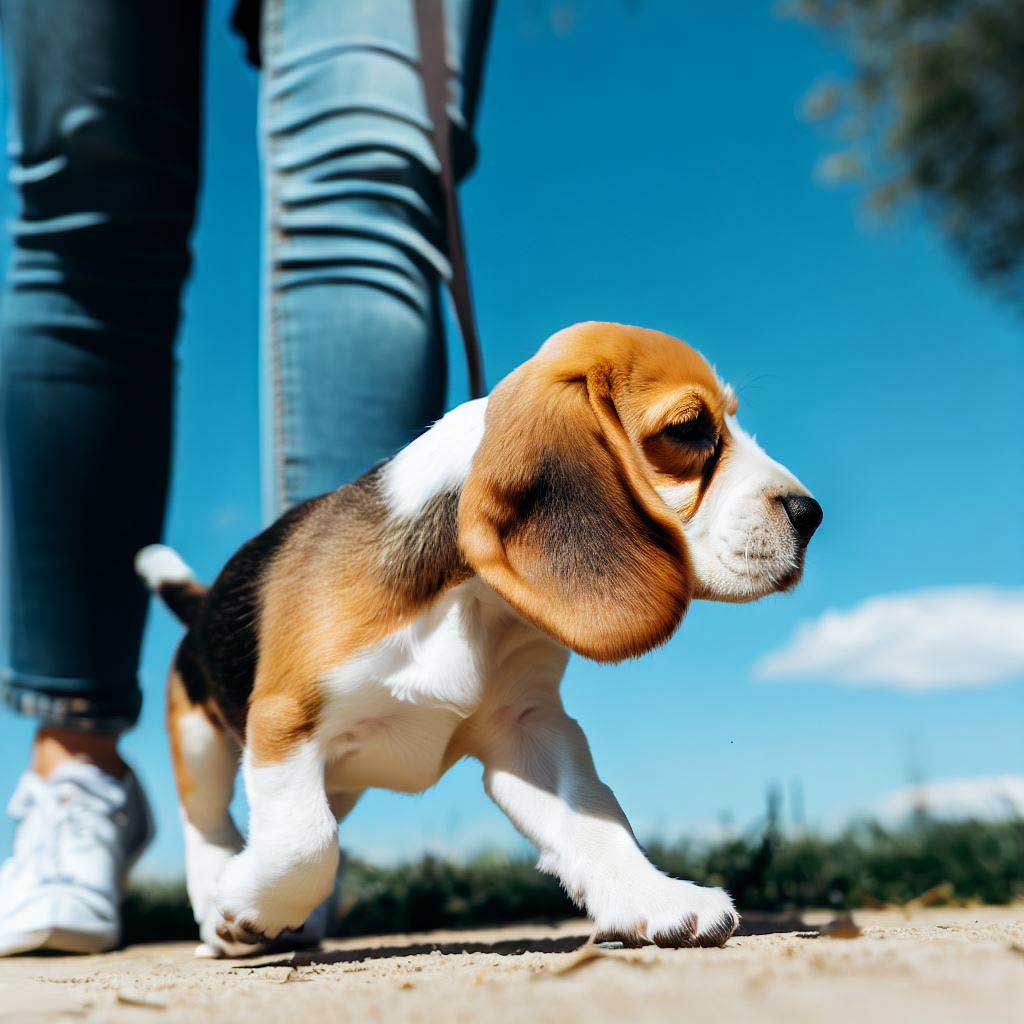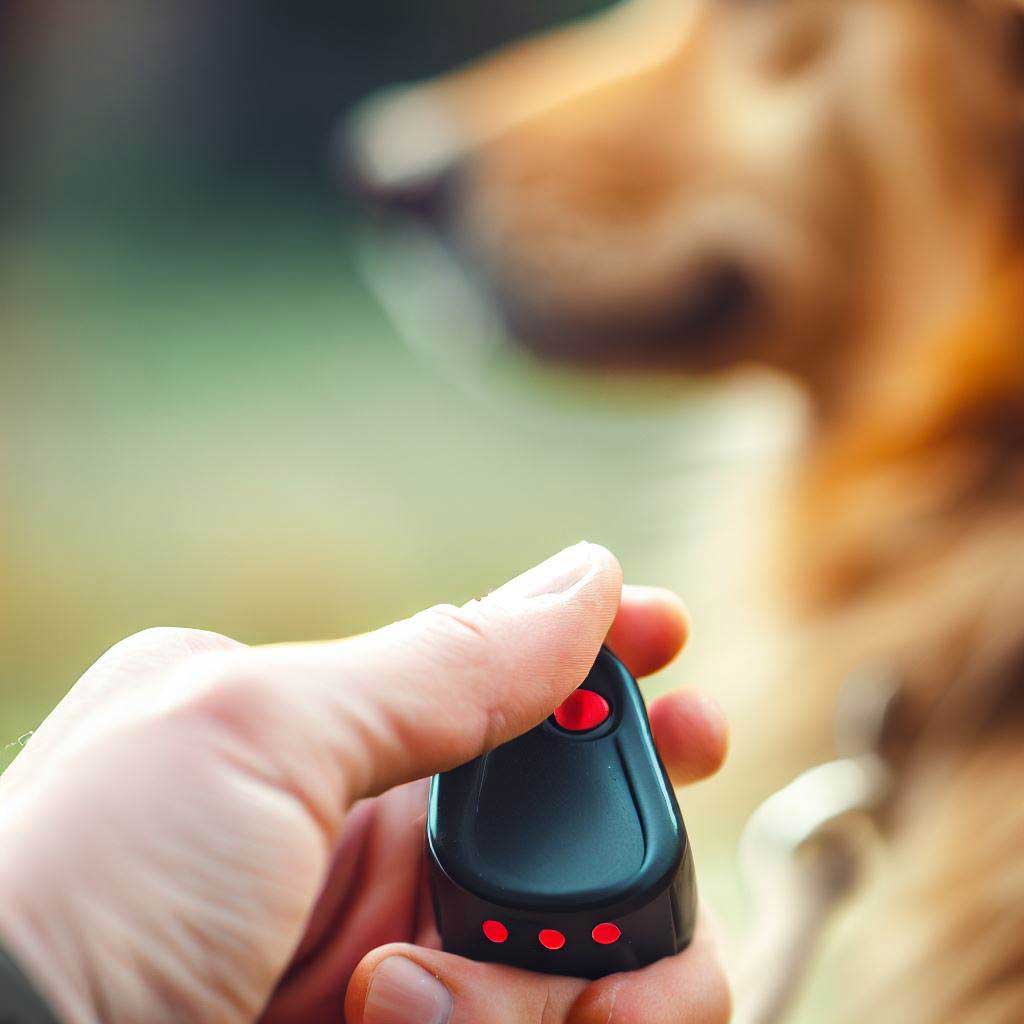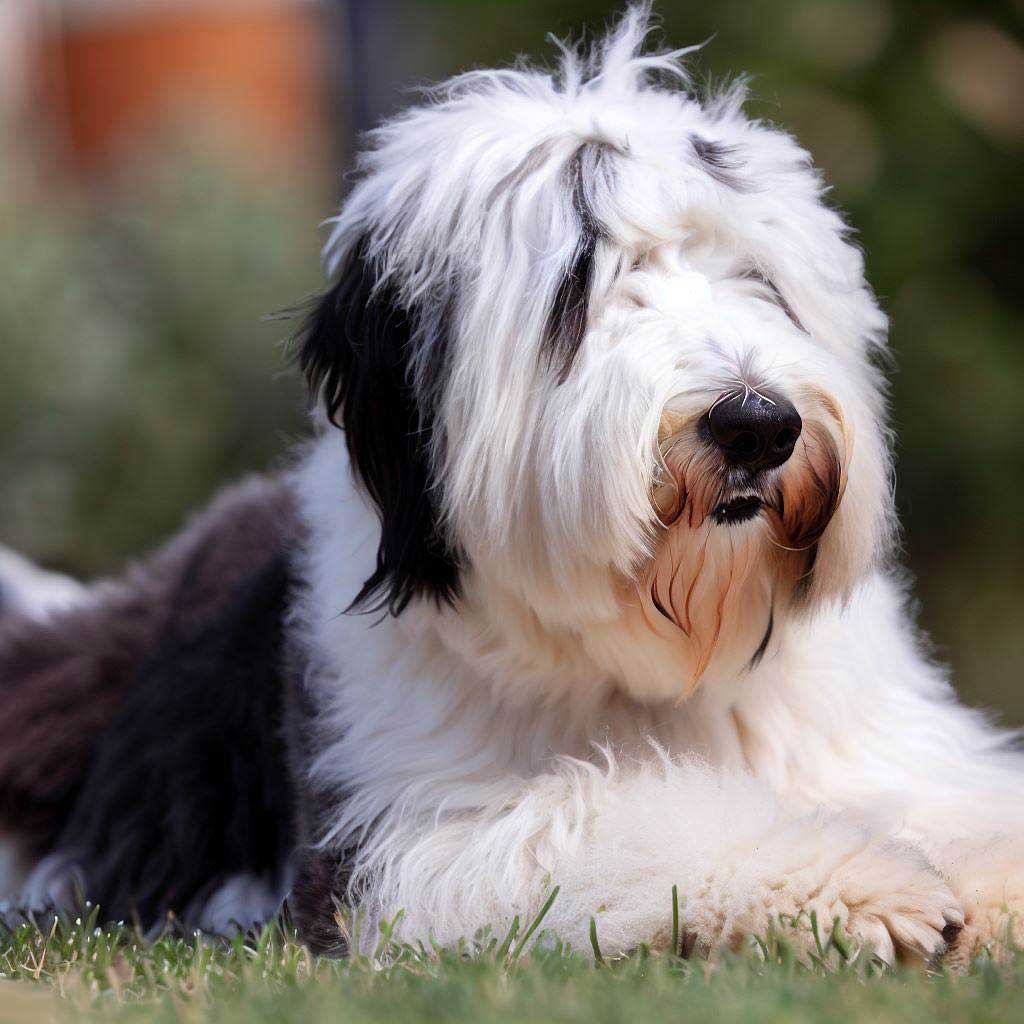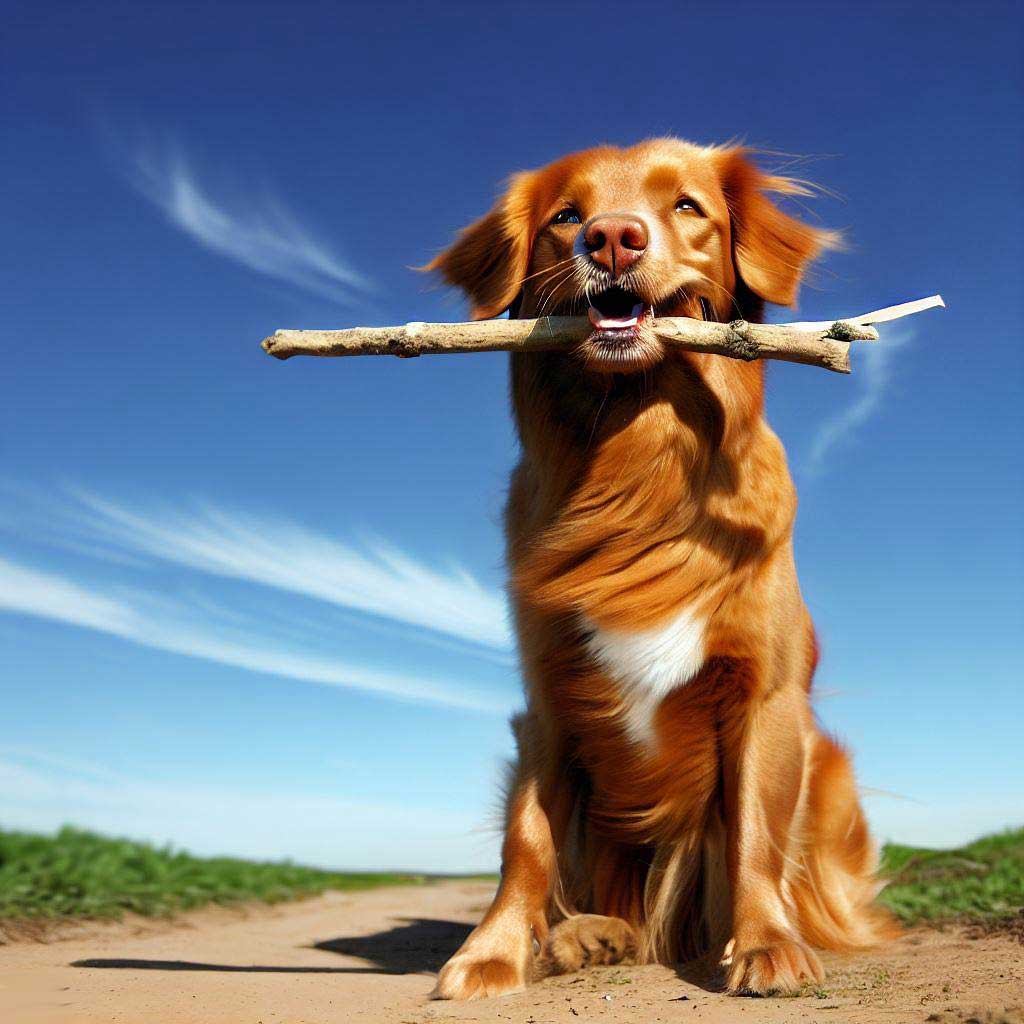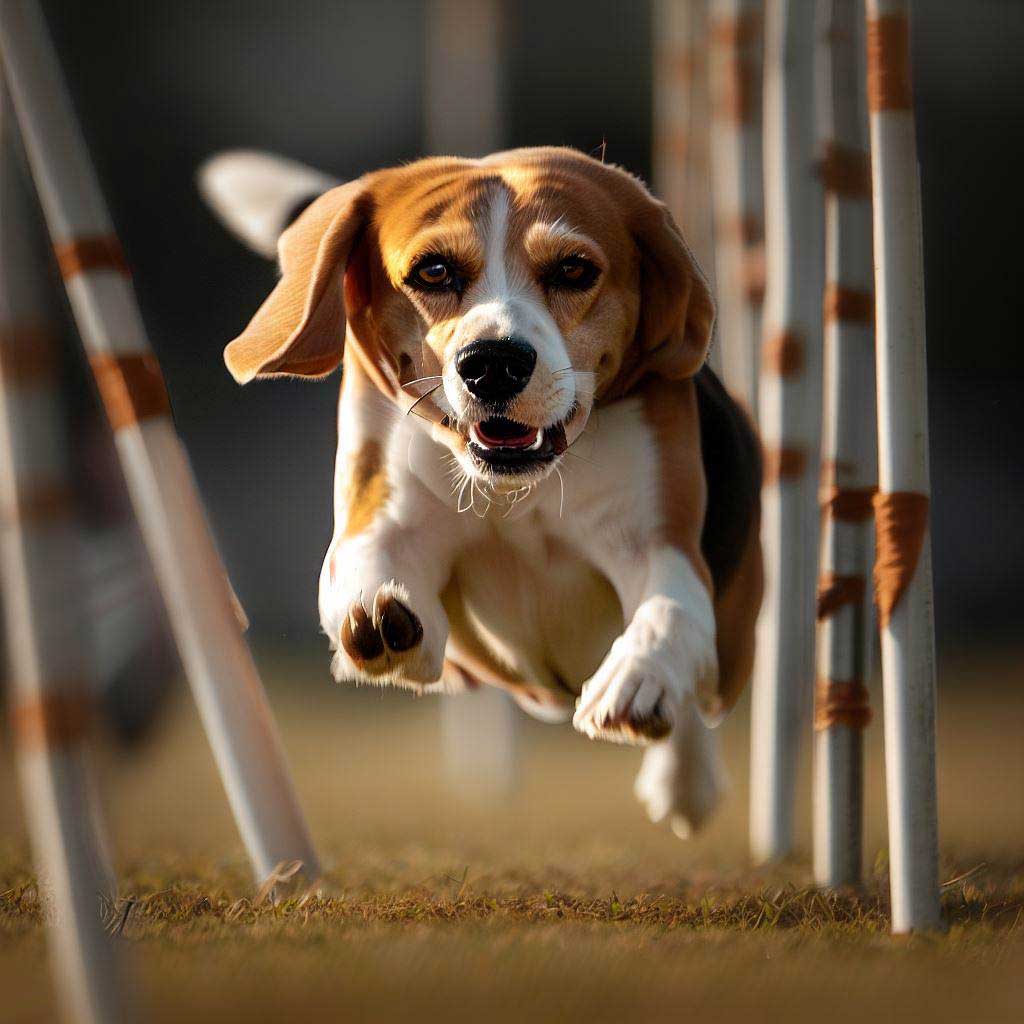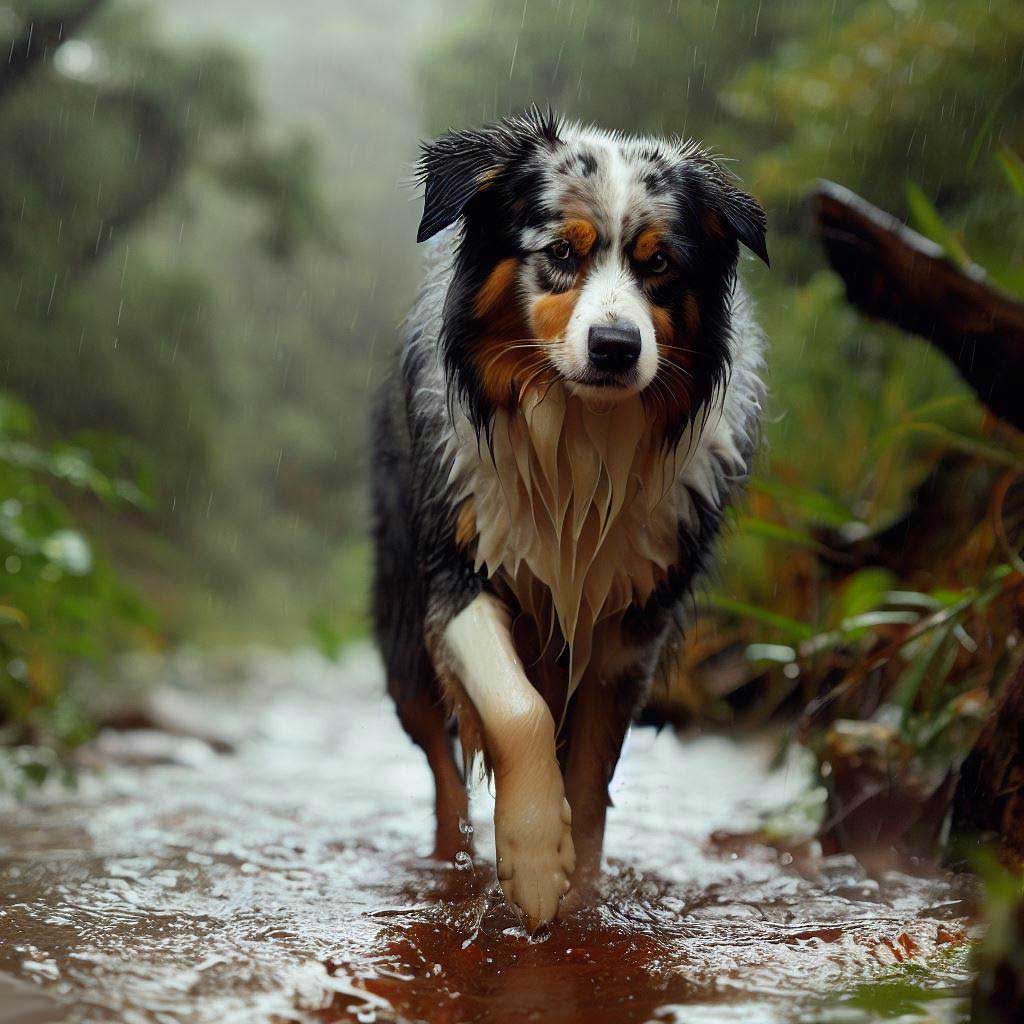Table of Contents
ToggleA Simple Blueprint: How to Make Your Dog Friendly to Strangers
So, you’re wondering how to make a dog friendly to strangers, right? Well, it’s easier than you think, and you’ve come to the right place. Let’s make your dog not just your best friend but a friend to all.
The Importance of Early Socialization
First thing’s first: start early. Puppies are like sponges; they soak up experiences. Positive encounters with strangers during puppyhood can set the stage for a lifetime.
- Expose to Diverse People: Different ages, genders, and ethnicities.
- Frequent Public Spaces: Parks, pet stores, and friendly gatherings.
- Introduce to Friends: Have them offer treats to your pup.
The Treats & Retreats Method
Want to fast-track socialization? You can’t go wrong with the Treats & Retreats method. It’s straightforward yet remarkably effective.
- Arm Strangers with Treats: Make sure they have some of your dog’s favorite snacks.
- Let the Stranger Approach: Have them walk up slowly, avoiding direct eye contact.
- Treat and Compliment: When your dog behaves, the stranger gives a treat and vocal praise.
- Retreat: The stranger then steps back, allowing your dog to process the experience.
The Gold Standard: Obedience Training
Now, we’ve trained thousands of dogs for various professional roles, and obedience is always the bedrock of their training. Commands like “sit,” “stay,” and “come” are golden tools for controlling how your dog interacts with strangers. If you’re looking for ways to up your training game, don’t miss our article, Best Online Dog Training Courses: Any Dog Will Love. We review 15 great online training courses and pick the Top 3 for you.
Leash Control: More Than Just Walking
A leash isn’t just for walks; it’s your steering wheel in doggie social settings. Use it to guide your dog’s actions.
- Shorten the Leash: When someone approaches, make the leash short but not tight.
- Quick Corrections: A gentle tug can redirect focus or stop undesirable behavior.
- Praise and Release: When your dog behaves well, ease the tension and offer praise.
The No-No’s You Must Know
Just like there are do’s, there are also don’ts. Remember:
- Avoid Overwhelm: Don’t throw your dog into a crowd and expect them to behave.
- No Punishment: Negative reinforcement can make fears and anxieties worse.
- Don’t Force It: Some dogs are naturally more reserved. Respect their personality.
Consistency: The Spice of Training
Remember, repetition is key. Consistent practice in varied settings makes for a well-rounded dog. Set up daily or weekly socialization routines, and don’t just stop when your pup gets the basics. Keep the momentum going!
Don’t Do It Alone: The Benefit of Professional Help
If you’re hitting roadblocks, don’t hesitate to seek professional help. A few sessions with a dog behaviorist can provide personalized strategies. After all, every dog is unique; what works for one may not work for another.
Final Takeaway
So, how to make a dog friendly to strangers? Early socialization, obedience training, and consistent practice are your main pillars. Treats and smart leash control are your tools. And don’t forget the Treats & Retreats method—it’s a winner every time. Remember, socialization isn’t just about your dog; it’s about making the world a more harmonious place for everyone.

FAQ: How to Make a Dog Friendly to Strangers
Why is my dog not friendly with strangers?
Dogs may be unfriendly with strangers due to past traumatic experiences, lack of early socialization, or even genetic predispositions towards wariness or aggression. Understanding the root cause is the first step toward correcting the behavior.
How do I train my dog to not be aggressive towards strangers?
Consistent obedience training is crucial. Train your dog to respond to commands like “sit” or “stay” when strangers are near. Desensitize your dog to new people by using treats and positive reinforcement when they behave calmly.
How do I train my dog to be friendly with people?
Start by exposing your dog to a variety of people in controlled settings, rewarding positive interactions with treats and praise. You can also consider structured socialization classes or check out online resources like “Best Online Dog Training Courses: Any Dog Will Love.”
How do I help my dog who is afraid of strangers?
Identify triggers and work on desensitization. Start with a controlled environment and have strangers approach gradually. Use treats and praise to reward calm behavior. If fear persists, consider consulting a professional dog behaviorist.
Is it ever too late to socialize a dog?
While early socialization is beneficial, it’s rarely “too late” to socialize a dog. Adult dogs may take more time to adjust and may require the help of a professional, but progress is usually possible.
How do I build my dog’s confidence around people?
Regular, positive interactions with various individuals can help. Also, engage your dog in activities they excel in, whether it’s fetching or agility courses, to build self-esteem. Praise and reward can go a long way in boosting confidence.
Why is my dog so aggressive with strangers?
Aggressiveness could stem from fear, territorial instincts, or past trauma. For persistent aggression, consult a vet to rule out underlying health issues, and then work with a certified dog behaviorist for targeted training.
Why does my dog lunge at strangers?
Lunging is usually a sign of fear or territorial aggression. Consistent leash training and obedience commands can help you control this behavior. Use distractions like toys or treats to focus your dog’s attention away from the stranger.
What to do if your dog growls at guests?
Take growling seriously as it’s a warning sign. Remove your dog from the situation and consult a professional. While retraining, you might use a pet gate to separate your dog from guests until behavior improves.
How do you socialize a difficult dog?
With difficult dogs, professional assistance is often recommended. Small, gradual exposures to new social settings, coupled with positive reinforcement, are key. Patience and consistency are essential for success.
Can I still socialize my 1-year-old dog?
Absolutely. While younger dogs may socialize more easily, a 1-year-old dog is still very trainable. Focus on controlled exposure to new experiences and consistent, positive reinforcement.
Is 2 years too old to train a dog?
No age is “too old” for training. While older dogs may require more time and patience, they are just as capable of learning new behaviors. If challenges arise, consider seeking professional guidance.
Remember, the journey to making your dog friendly to strangers often involves a multi-pronged approach. Patience, consistency, and sometimes professional help are your best allies.
Discover the Pet Essentials Universe: Your One-Stop Guide to All Things Canine!
Welcome to Pet Essentials Guide! Whether you’re a seasoned dog parent or a first-timer, we’ve got something to quench your thirst for canine knowledge. Dive deep into our meticulously researched and expert-approved content. Below are some of our standout articles that every dog owner should read!
Best Behaved Dog Breeds: The Ultimate Top 20 Dog Guide: Looking for a well-mannered companion? This article unravels the top 20 breeds renowned for their good behavior. A must-read before you pick your next furry friend.
Understanding Dog Nutrition – Feeding Dogs The Right Nutrients: Nutrition is key to a long, healthy life for your pup. Get insights into what your dog really needs in its bowl. Say goodbye to guesswork!
Decoding Dog Behavior Science: The Mind Behind the Bark: Ever wondered what’s going on inside that adorable head? Dive into the world of canine psychology and understand why dogs act the way they do.
Importance Of Dog Training – Why Dog Obedience is Important: Think training is just about neat tricks? Think again! Discover how proper training can make life happier and safer for both you and your dog.
Best Dogs For Chickens: 21 Top Breeds: Own a coop and looking for the perfect guardian? Here are the top 21 dog breeds that play well with your feathered friends.
Bookmark these gems for an enriching dog-parenting journey ahead!
